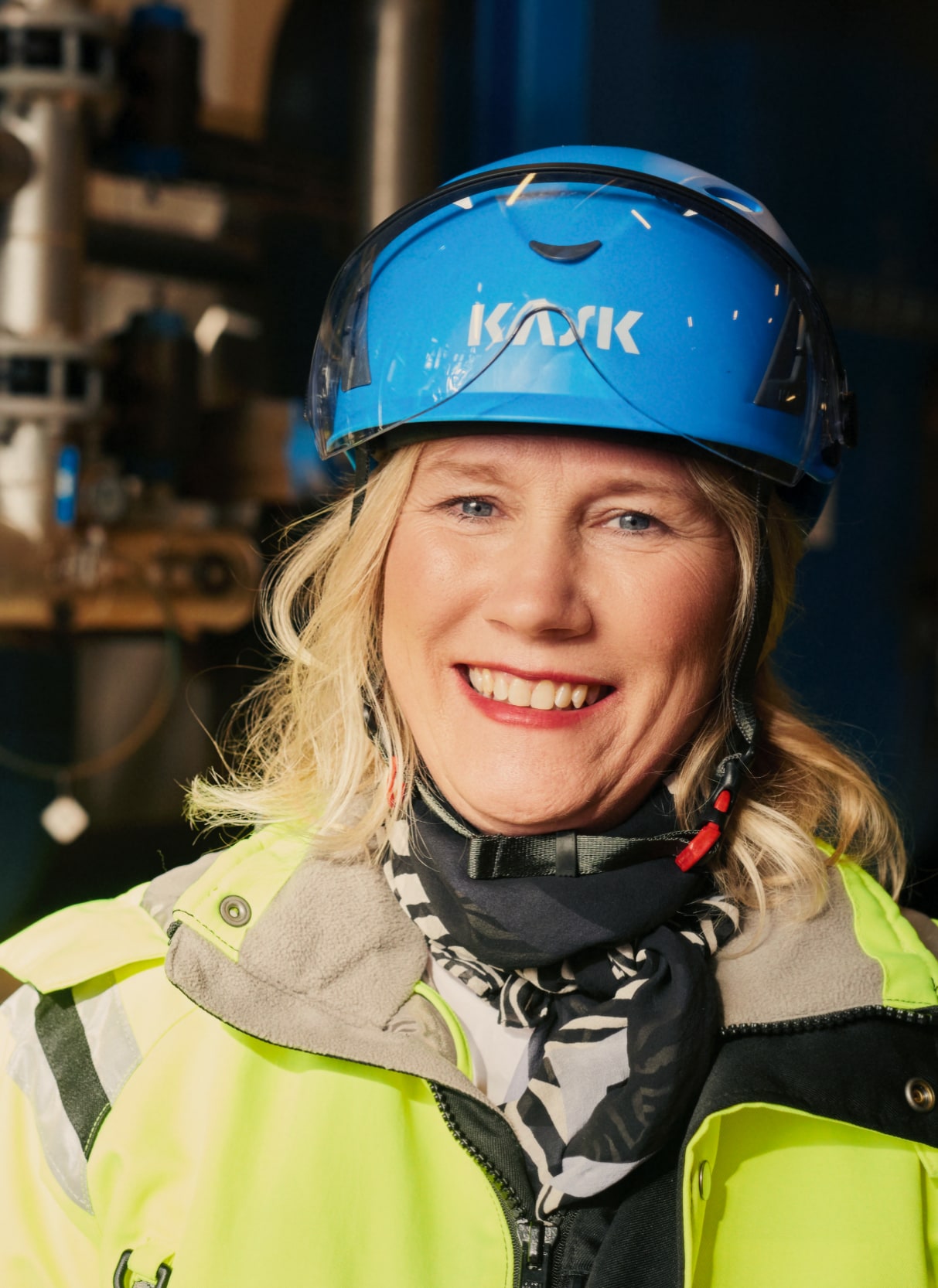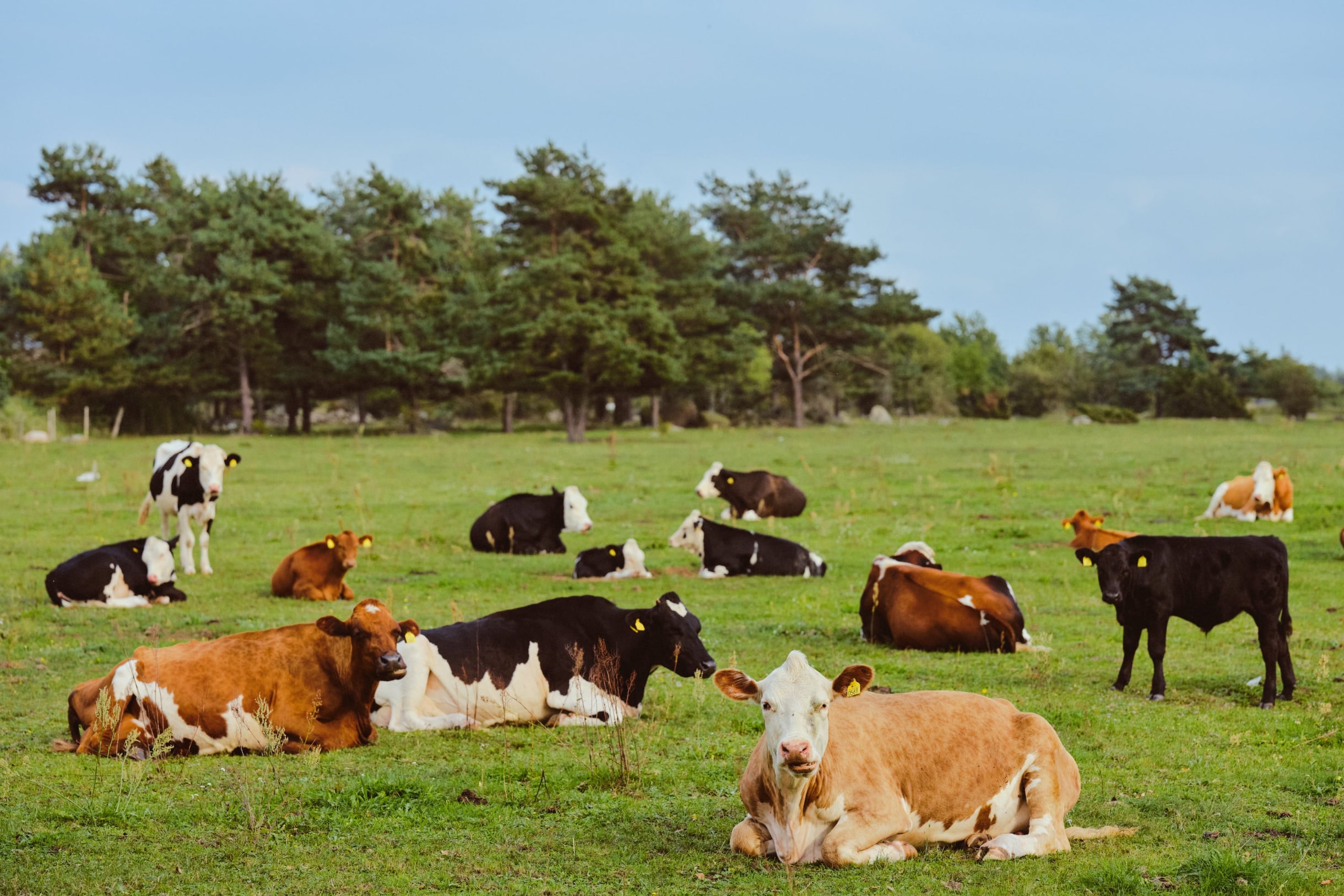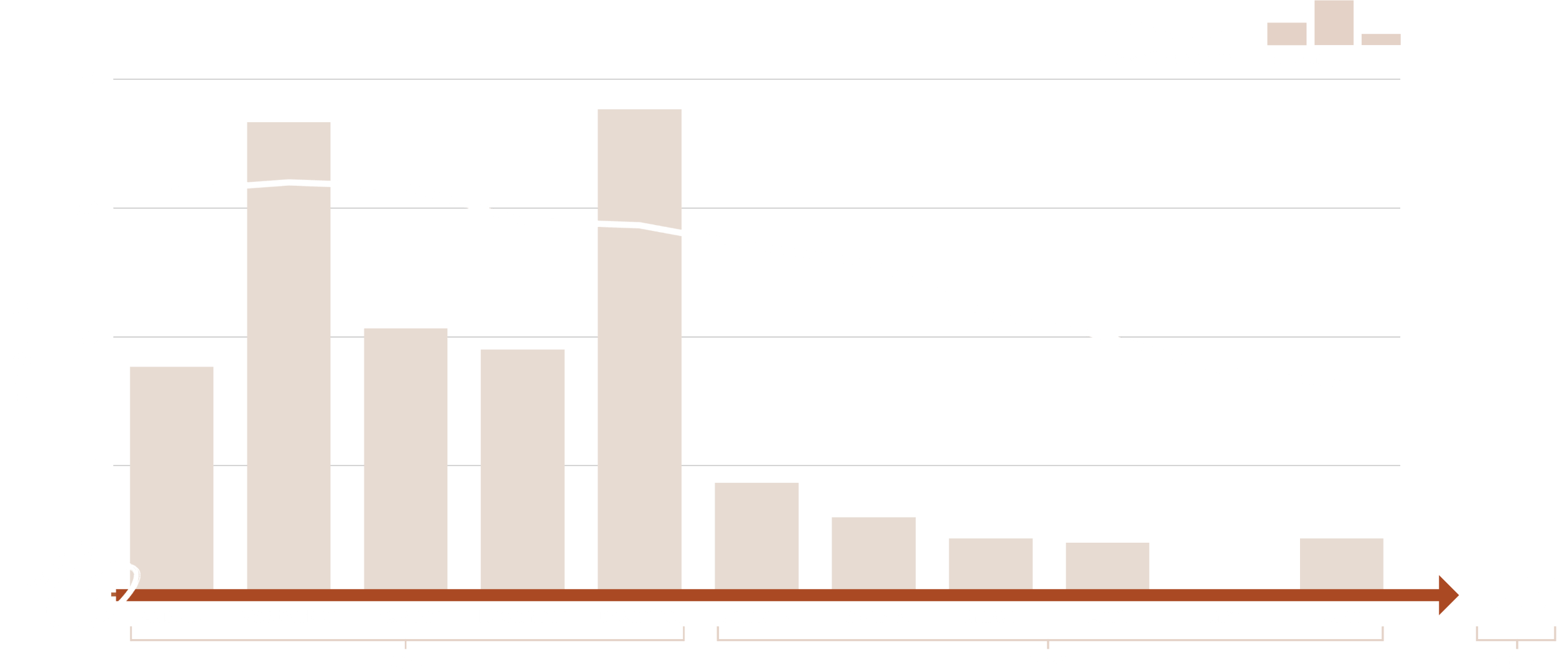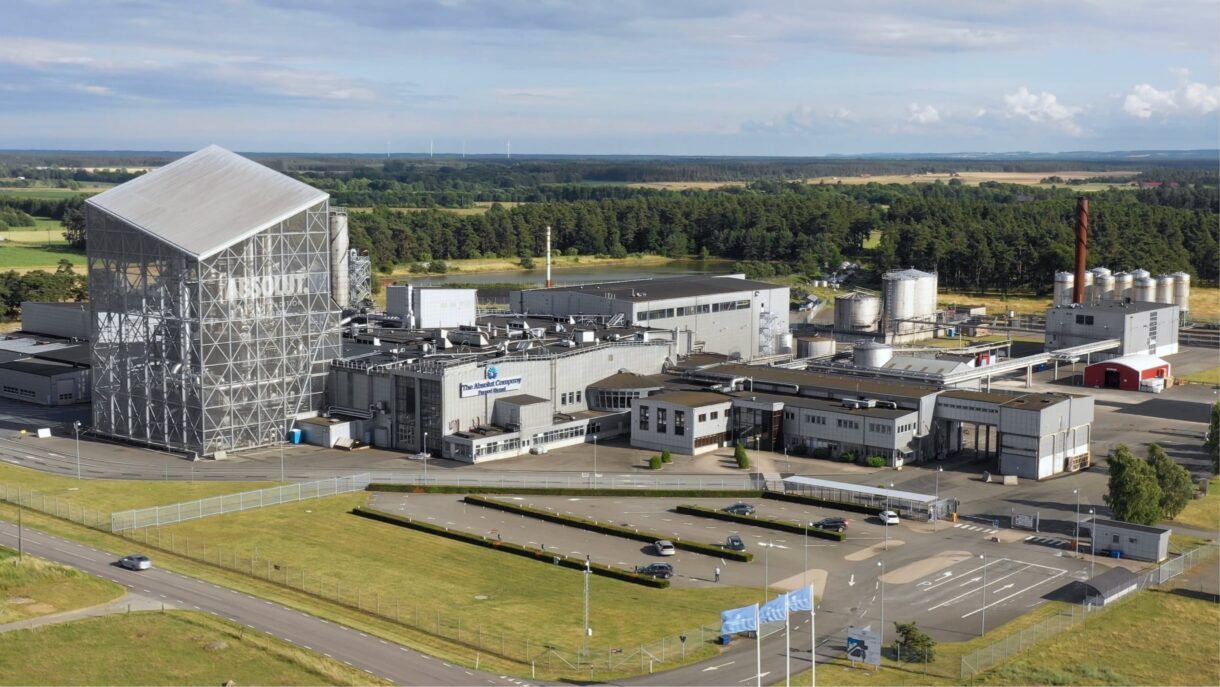An agile way to reduce fossil fuel use
The stillage we produce from the production process typically feeds around a quarter of a million pigs and cows every day. The unexpected increase in demand for vodka in 2022 gave rise to excess stillage (enough to feed another 60,000 animals a day), which harmed our overall emissions score. This is because we had to dry excess stillage (losing 90 per cent of the wet stillage which is water) at our emergency drying plant facility using fossil fuels.
However, in 2023, we changed our mindset to adapt to changing demand – and we have also increased the volumes of our own fuel made from waste spirits to reduce LPG usage on our journey to be a fossil-free distillery by 2025.
During the spring we changed our mindset by balancing the production of raw and fine spirits depending not only on the demand for vodka but also on when the animals want our stillage.
The distillation process first produces a ‘raw’ spirit (which contains impurities) and stillage. The raw spirit is then purified into ‘fine’ spirit (which is used to make our premium vodka). The peak season for stillage is in the winter when all animals are kept indoors. We capitalise on this by producing more raw spirits during this time, and in doing so significantly reduce our use of LPG.
“Essentially, when the farmers do not need as much stillage, we focus our process on making fine spirits from the raw spirits produced than when the demand for stillage was higher,” says Kerstin Karlström, Director, Production Distillery. “We also have a more active approach to choosing which energy source to use to generate steam at our distillery – whether LPG, our self-generated fuel, or electricity – not monthly, weekly or even daily but by the hour. As the chart shows this agility is enabling us to reduce the use of LPG significantly.”


Carbon emission per liter distilled spirits
Variation over the FY – a year of pushing back emissions to normal levels, heading towards zero in 2025.


